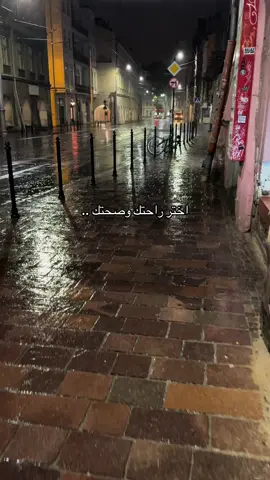The HDB Life
Region: SG
Monday 03 November 2025 03:44:56 GMT
70741
347
55
97
Music
Download
Comments
MRC :
No solution by the gov? Opposition do you have any solution?
2025-11-03 04:31:34
7
yuni79857 :
sama dulu macam saya
2025-11-03 09:37:59
1
limhenry_75 :
staying in the flats apartment or condominium. We all have to change our attitude and be considerate of our neighbours.
2025-11-03 08:09:19
3
Rico :
SMALL MATTER!!!! MOST IMPORTANT MINISTERS CAN SLEEP WELL!!!
2025-11-05 14:42:01
1
suzanahnoor :
my neighbour upstairs vacuum the house late night hmmm
2025-11-03 12:26:42
0
Doris :
Engage koh ah hwee's help to solve the problem.
2025-11-05 10:23:50
0
user7791398038634 :
Look for Josephine n indraree... they can provide solutions
2025-11-05 10:51:29
1
玲 :
we got inconsiderate neighbor too
2025-11-03 07:09:33
8
Laura Kok :
Police issue notice!😭
2025-11-03 08:28:16
0
Xinyun 姚芯雲 :
My neighbors too slam the clothes door every time👍
2025-11-03 11:34:15
0
Sara Lee :
for me my nxt door neighbour if kids make noise i still cn understand but its came from the Parents make me stress n depress ,im on medication more worse cnt even sleep peacefully..
2025-11-03 07:40:32
0
erictan6777 :
No choice just take it unless after 11 pm . nea requirements is 65 DBA if not should not stay HDB with neighbours up, down or sides
2025-11-05 03:47:39
0
Milah:) :
Next
2025-11-04 01:38:47
0
single can mingle :
true my above neighbors oso make so much noise
2025-11-03 07:45:14
8
ႏြယ္ႏြယ္ :
My boss his children and friends always come and make noise in the house. I'm so angry that I can't sleep at night.
2025-11-05 03:38:52
0
aidajones2 :
They are making a short movie...why are you worried. Suggest knocking on their door and ask what they are doing.
2025-11-03 04:39:43
1
Discover me :
I swear the one living above me isn’t human — only operates at night like a full-time ghost! 😅😂
2025-11-03 16:41:15
6
ding ding :
HDB dun take action? So sad
2025-11-05 12:19:13
1
angieangie :
Why not rent out your house. The money u rent another house stay peacefully.
2025-11-03 03:53:41
3
chen好难 :
Sad to say, police dun care la
2025-11-03 06:20:40
3
Phil Ing Good :
police needs to look into it b4 it become another murder case
2025-11-03 04:05:58
3
Scarlett Jane :
I am glad I dont live in Spore.
2025-11-03 09:57:08
1
M W :
The Compression of Space: Singapore’s Public Housing as Social Architecture Public housing in Singapore was never just a solution to shelter. It was, from its inception, an instrument of nation-building. A physical manifestation of order, equality, and social cohesion. The state did not simply construct apartments; it engineered proximity. The objective was audacious: to compress not just bodies, but differences race, income, education, and aspiration into a single vertical grid of social harmony. Yet over time, this compression has become claustrophobic. The lack of space in public housing is not merely architectural; it is psychological, cultural, and ideological. Within each HDB block, people of divergent social velocities are trapped in forced coexistence. A graduate civil servant lives above a retiree on state welfare; a foreign-trained professional shares a lift with a hawker who has never left the country. Diversity, once a proud narrative of the system, now functions as static because everyone hears everyone, but few truly listen. The state’s success in managing physical scarcity has concealed a subtler failure: the narrowing of interpretive space. In housing, conformity masquerades as community. The prescribed racial mix, uniform design codes, and resale rules that once prevented segregation now perpetuate sameness. The built environment enforces civility but discourages individuality. Over decades, this has produced what might be called a disciplined empathy, citizens who tolerate difference but rarely engage it. Meanwhile, as private estates expand both horizontally and economically, public housing has become the symbolic border of aspiration. The same policies that integrated the city have stratified it anew, not by race or religion, but by consumption and credential. What was meant as the great equalizer has become a soft delimiter of class. Singapore’s achievement lies in proving that social order can be constructed in concrete. Its paradox lies in showing that order, once perfected, leaves little room for humanity to breathe. There is no space not because the flats are small, but because everything in them has already been decided.
2025-11-03 19:34:20
0
durian :
it must be terrible for you, I hope the government will really do something this is so ridiculous.
2025-11-03 13:42:22
0
Jen :
My upstair neighbour bang on the floor at late night 😡😡😡
2025-11-03 12:32:56
0
To see more videos from user @thehdblife, please go to the Tikwm
homepage.





